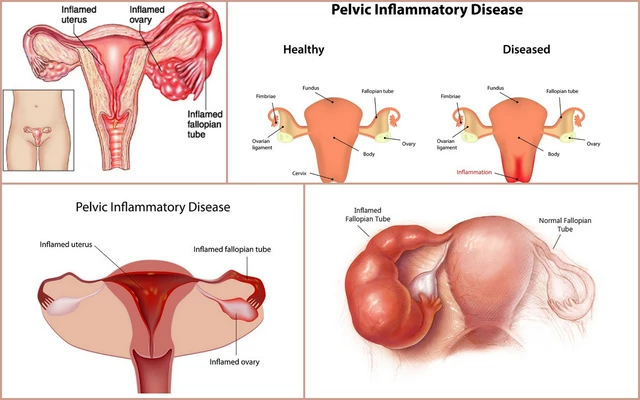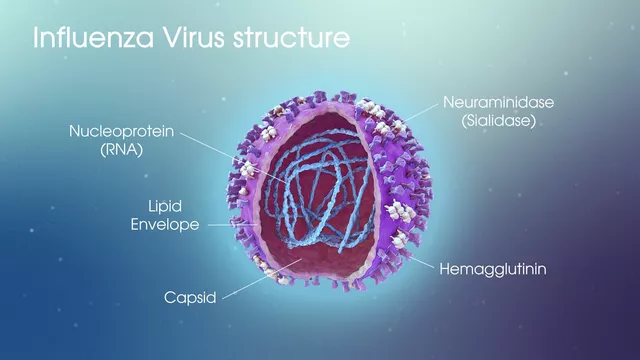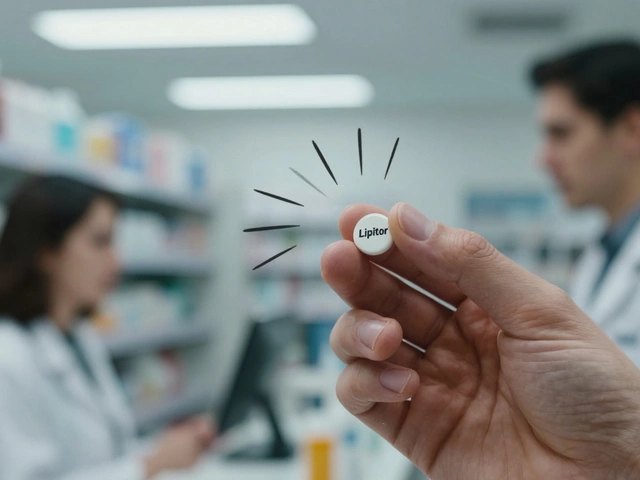Permethrin: What It Is, How It Works, and What You Need to Know
When you hear permethrin, a synthetic insecticide used to kill lice, scabies mites, and other parasites on the skin or clothing. Also known as a topical pyrethroid, it’s one of the most widely used treatments for infestations that don’t respond to regular cleaning or over-the-counter remedies. Unlike oral meds, permethrin works right where it’s applied—no need for your body to process it. That’s why doctors reach for it first when lice won’t budge or scabies keeps coming back.
It’s not just for people. permethrin-treated clothing, fabric soaked in low-dose permethrin to repel ticks and mosquitoes for weeks. Also known as insect-repellent gear, it’s a go-to for hikers, campers, and military personnel in bug-heavy zones. You don’t need to apply it yourself—buy pre-treated pants, socks, or hats and wear them like normal. No smell, no sticky residue, no daily reapplication. It’s the same chemical, just locked into the fibers so it lasts through dozens of washes.
But permethrin isn’t magic. It doesn’t work on every bug, and it won’t fix a dirty environment. If you’re treating head lice and the kids keep sharing hats, you’re just delaying the problem. Same with scabies—unless you wash bedding, towels, and clothes in hot water, the mites come back. Permethrin kills the bugs on contact, but it doesn’t erase the conditions that let them spread.
Some people worry about safety. It’s approved by the FDA and WHO for use on skin and clothing. But it’s not for pets—cats, in particular, can get seriously sick from it. And while it’s safe for pregnant women when used as directed, you should still talk to your doctor before using it. Don’t use it on broken skin or near the eyes. It’s a tool, not a cure-all.
There are alternatives—ivermectin pills for stubborn scabies, benzyl alcohol lotion for lice, or even natural oils like tea tree. But none of them are as widely tested, as affordable, or as easy to use as permethrin. That’s why it’s still the first line of defense in clinics and pharmacies around the world.
In the posts below, you’ll find real, no-fluff guides on how to use permethrin correctly, what to avoid, how to spot if it’s not working, and what to do next. Whether you’re dealing with lice in a classroom, scabies in a nursing home, or ticks on a hiking trail, there’s something here that matches your situation. No theory. No marketing. Just what works—and what doesn’t.
Elimite (Permethrin) vs. Top Scabies Alternatives - What Works Best?
A detailed comparison of Elimite (permethrin) with other scabies treatments, covering efficacy, safety, usage tips and FAQs for informed decisions.
About
Medications
Latest Posts


The use of clavulanate in the management of pelvic inflammatory disease
By Orion Kingsworth May 27, 2023

The Role of Calcipotriol in Treating Pustular Psoriasis
By Orion Kingsworth Nov 9, 2023

The science behind reemerging influenza: understanding virus mutations
By Orion Kingsworth May 15, 2023

